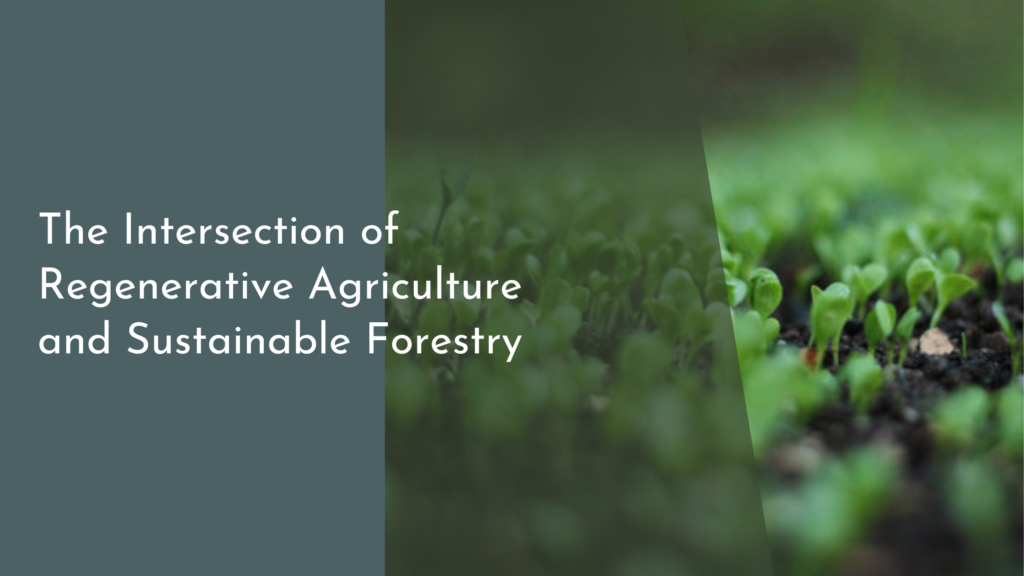The Science Behind Tree Placement in Urban Landscapes
Urban environments, often characterized by concrete and steel, can benefit immensely from the integration of greenery. Trees play a pivotal role in enhancing urban ecosystems, offering both ecological and social benefits. However, the mere presence of trees isn’t sufficient; their placement within urban landscapes is crucial to maximizing their advantages. This article delves into the science behind strategic tree placement in cities, shedding light on the myriad ways trees contribute to vibrant urban life.
Understanding the Role of Trees in Urban Ecosystems
Trees serve as the lungs of urban areas, filtering air pollutants and producing oxygen, which is vital for human health. They contribute to biodiversity by providing habitats for various species, including birds, insects, and small mammals. In an urban setting, trees can create microclimates, moderating temperatures and helping to counteract the heat island effect—where urban areas become significantly warmer than their rural surroundings due to human activities. This cooling effect can reduce energy consumption during the hot summer months, making cities more sustainable.
Moreover, trees play a critical role in stormwater management. Their roots help absorb rainfall, reducing runoff and decreasing the risk of flooding. By capturing rainwater, trees can also improve water quality, filtering pollutants before they reach local waterways. This natural infrastructure is essential for maintaining the health of urban ecosystems and ensuring that cities can thrive in harmony with nature.
The Benefits of Strategic Tree Placement in Cities
When strategically placed, trees can enhance the aesthetic appeal of urban environments, making neighborhoods more attractive and inviting. Well-planned tree canopies can provide shade to pedestrians, reducing heat exposure and creating comfortable walking environments. This encourages outdoor activities and promotes a healthier lifestyle among residents. Additionally, research has shown that areas with abundant greenery often witness increased foot traffic, which can boost local businesses and foster a sense of community.
Strategic tree placement also has social benefits. Green spaces encourage social interactions, providing residents with venues for relaxation, recreation, and community gatherings. Studies illustrate that neighborhoods with plentiful trees and parks often experience lower crime rates and increased social cohesion. As people come together in shaded parks, the bonds between neighbors strengthen, leading to more vibrant and resilient communities.
Factors Influencing Effective Tree Planting in Urban Areas
Several factors must be considered when planning tree placement in urban settings. The selection of tree species is vital; trees must be suited to local climate conditions and soil types to thrive. Additionally, consideration must be given to the space available for growth, including overhead clearance and root system expansion. Properly chosen species not only survive urban conditions but also enhance local biodiversity and offer various ecological benefits.
Moreover, the placement of trees must account for existing infrastructure, such as sidewalks, utilities, and buildings. Careful planning can prevent future conflicts between trees and urban infrastructure, reducing maintenance costs and ensuring the health of the trees. Collaborating with urban planners, landscape architects, and community members can lead to informed decisions that optimize the benefits of trees while minimizing potential challenges.
Creating Vibrant Communities Through Thoughtful Tree Design
Thoughtful tree design can significantly enhance community engagement and aesthetic appeal. When trees are incorporated into public spaces and streetscapes, they create inviting areas that promote social interaction. For instance, tree-lined boulevards or parks with diverse tree species can serve as focal points for community events, fostering a sense of belonging among residents. Such environments not only beautify the area but also encourage outdoor activities and gatherings.
Moreover, incorporating art and educational signage around trees can enhance community awareness and appreciation for local flora. Programs that involve residents in tree planting and maintenance can create a deeper connection to their environment. By involving the community in the tree design process, cities can cultivate stewardship and pride, leading to long-lasting benefits for both the trees and the people who enjoy them.
The strategic placement of trees in urban landscapes is a science grounded in ecology, community planning, and social dynamics. As cities continue to evolve, the thoughtful integration of trees can create healthier, more vibrant spaces that benefit both residents and the environment. By understanding the multifaceted role of trees and actively engaging in their placement and care, urban areas can flourish, fostering a harmonious relationship between nature and urban life. Let’s embrace the beauty and benefits of trees to create greener, more inviting cities for generations to come!

